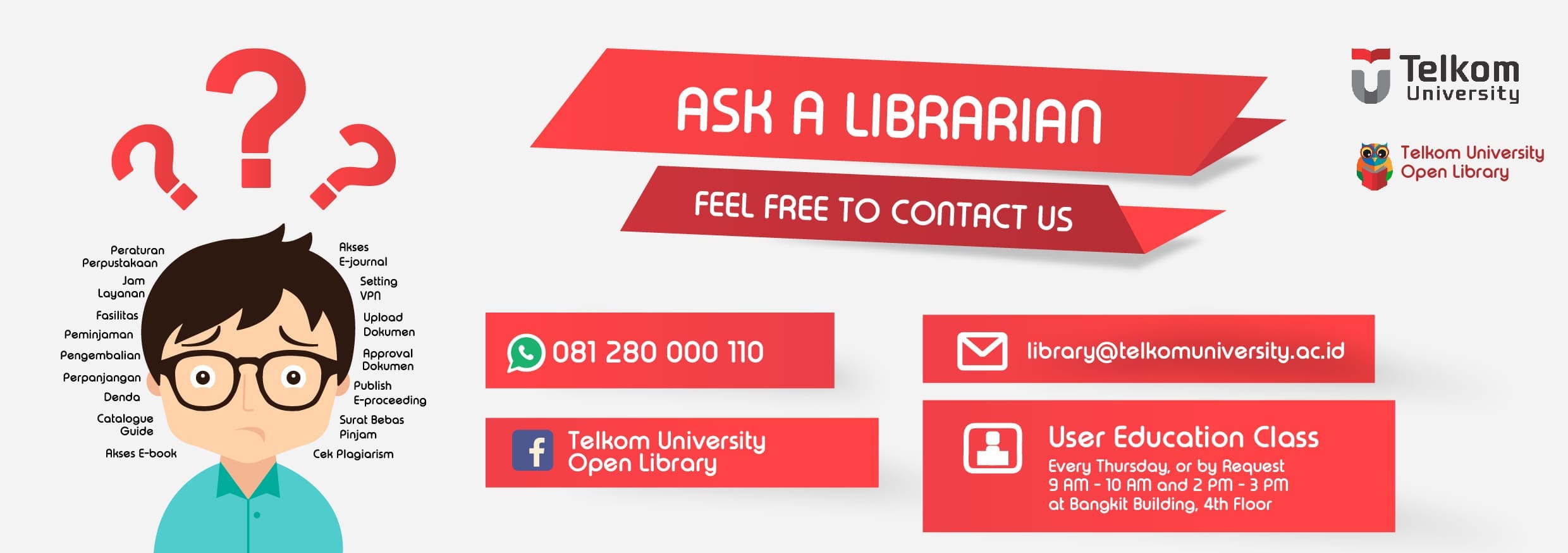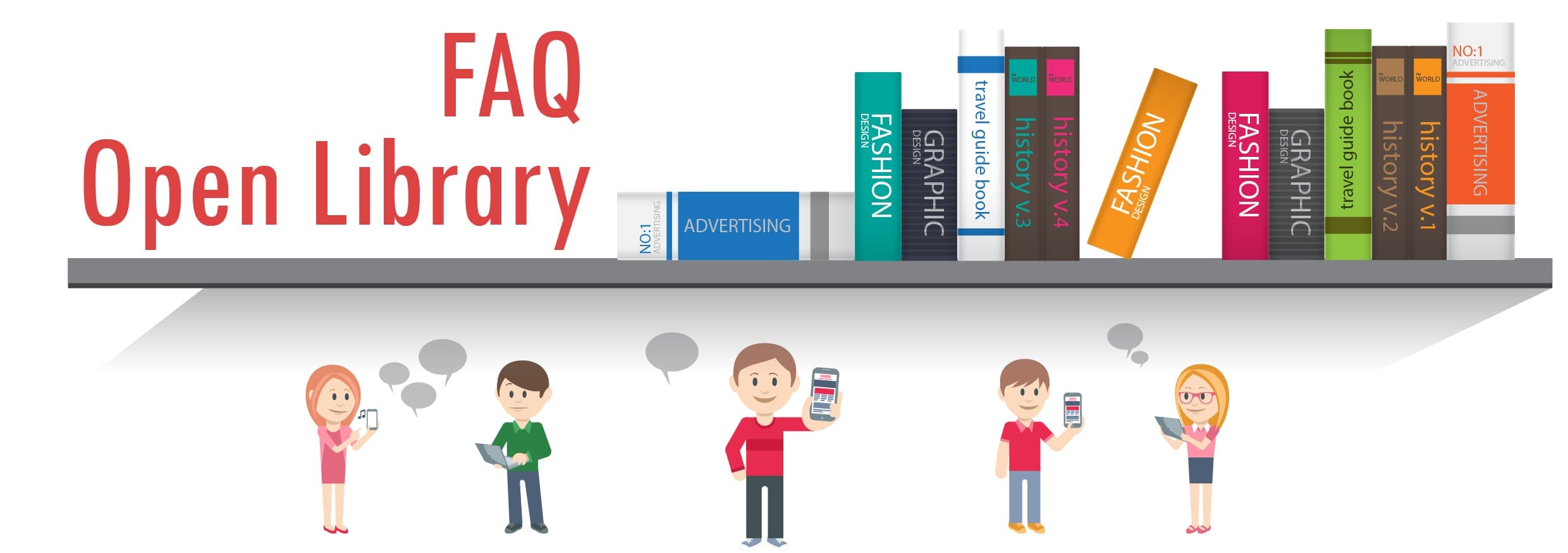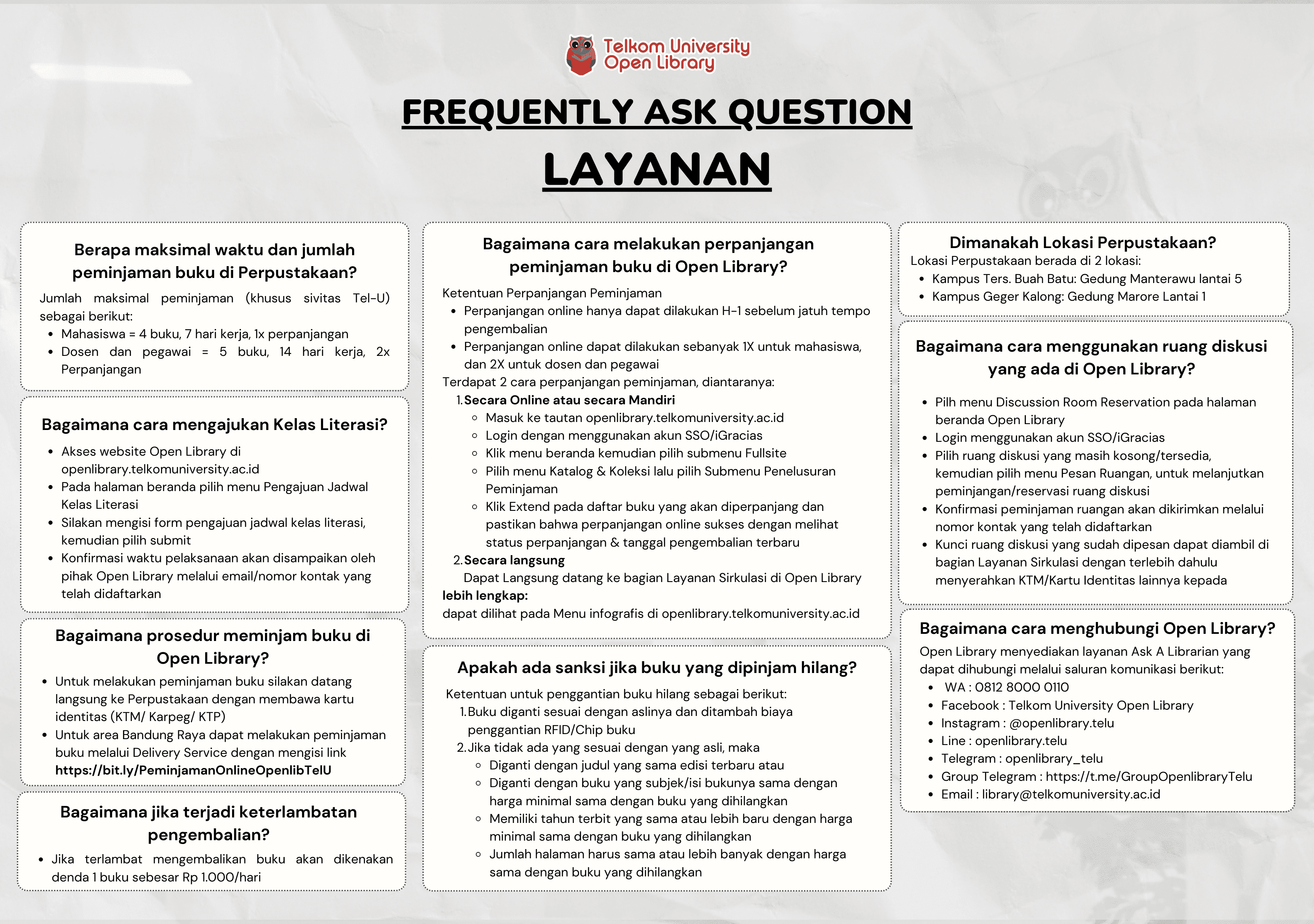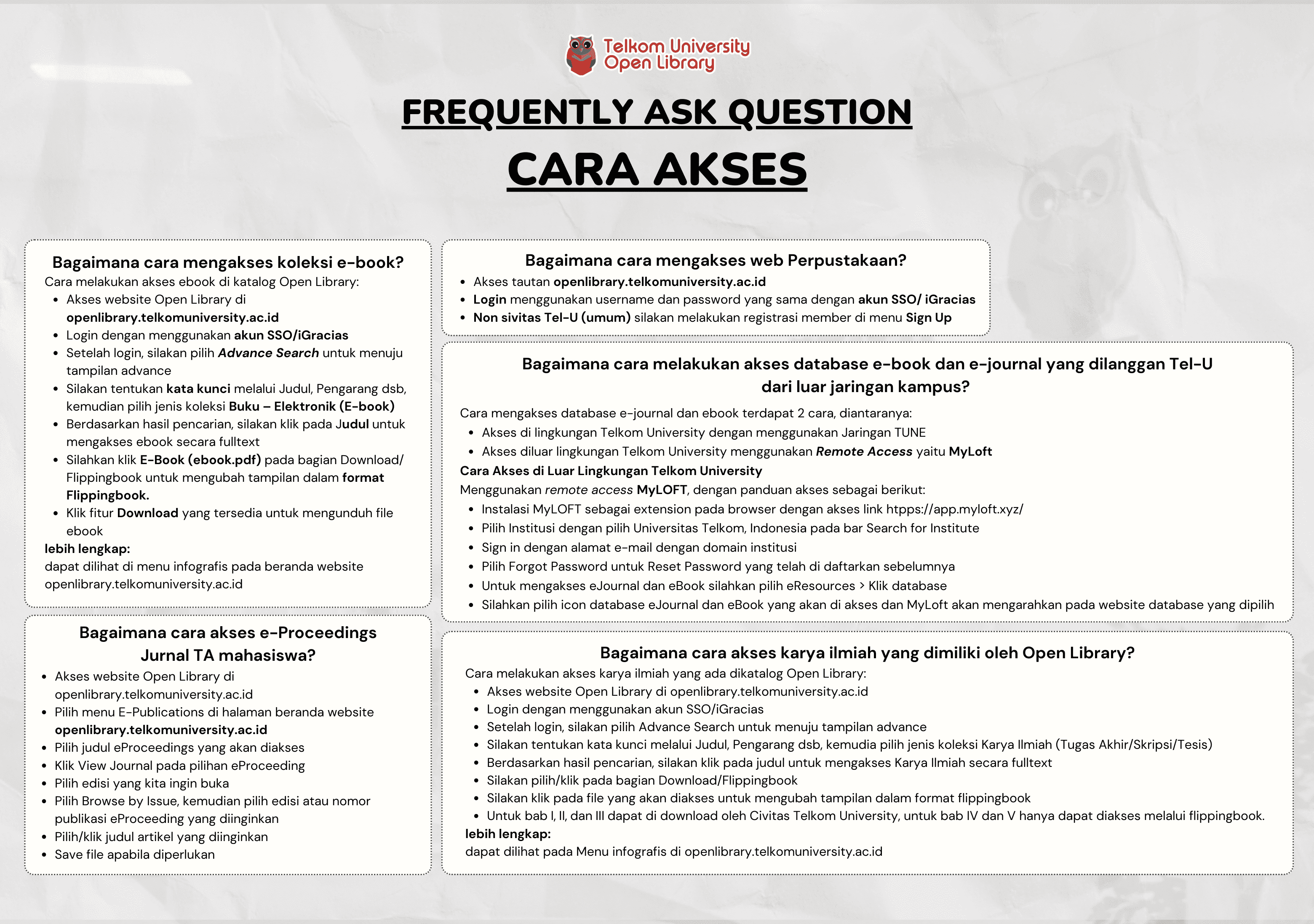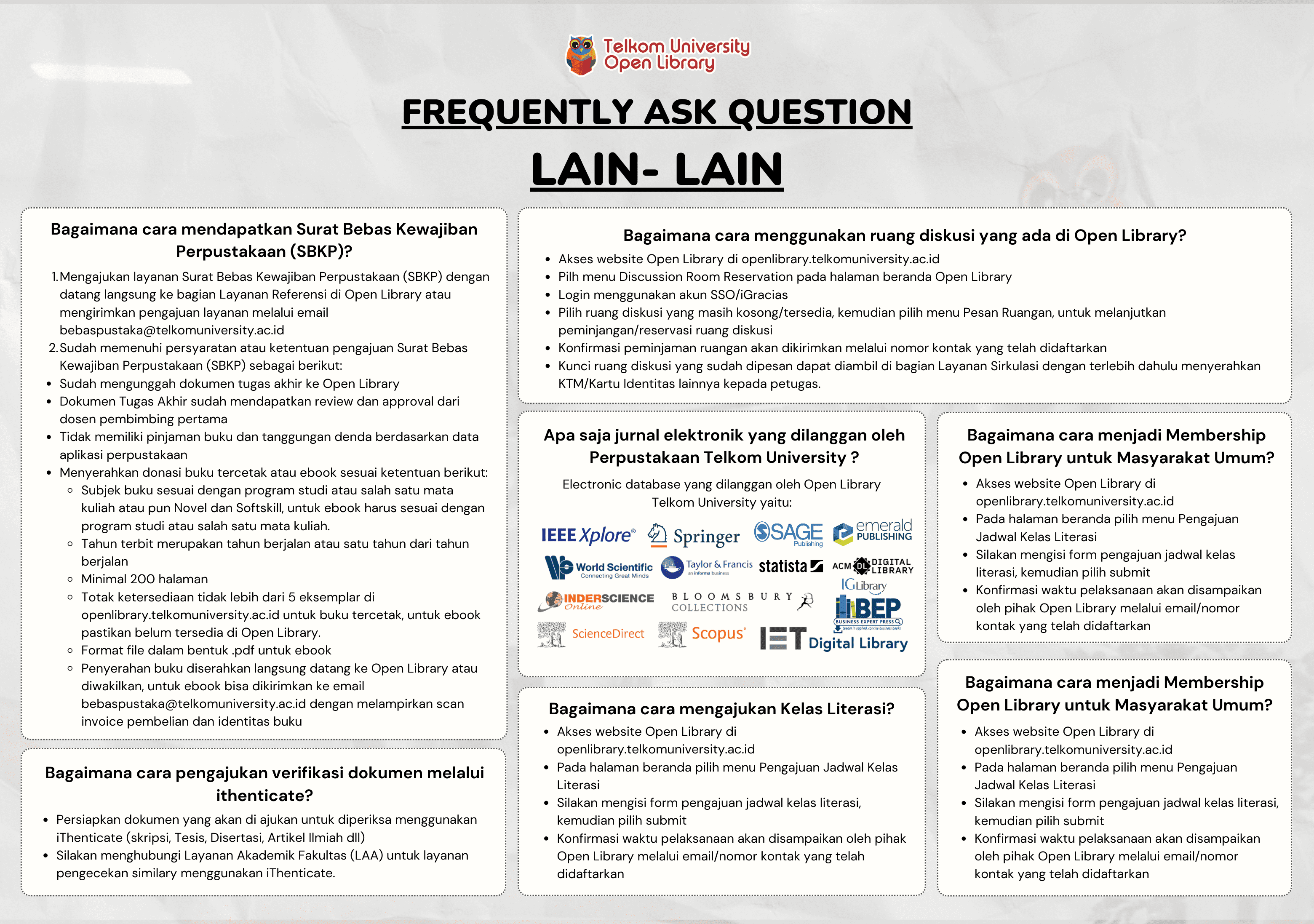SPATIOTEMPORAL ANALYSIS OF LULC TRANSITIONS AND NO2 PATTERNS IN BALI USING SATELLITE DATA AND MACHINE LEARNING TECHNIQUES - Dalam bentuk buku karya ilmiah
KEVIN ARIEL WIBOWO

Informasi Umum
Kode
25.04.5248
Klasifikasi
000 - General Works
Jenis
Karya Ilmiah - Skripsi (S1) - Reference
Subjek
Tugas Akhir
Dilihat
42 kali
Informasi Lainnya
Abstraksi
Amid accelerating global urbanization, the relationship between land use change and atmospheric pollution has become a critical area of inquiry for achieving sustainable development. This research presents a comprehensive spatiotemporal analysis of Land Use/Land Cover (LULC) transitions and their impact on Nitrogen Dioxide (NO?) pollution patterns in Bali, Indonesia an island facing mounting environmental stress from tourism-driven expansion. This study addresses the urgent need for a deeper, more nuanced understanding of these dynamics by moving beyond static analysis to explore the impact of long-term land use histories.<br /> While existing research has effectively used remote sensing to link urban land cover with air pollution, a discernible methodological gap remains. Many studies rely on simple before-and-after comparisons, failing to capture the complex, multi-step pathways of change, or "trajectories," that define a landscape's evolution. Furthermore, when integrating multi-scale satellite data, a common approach is to resample coarse pollution data to a finer grid, a method that can introduce significant false spatial precision. This research addresses these gaps by implementing a novel framework built on the Knowledge Discovery in Databases (KDD) methodology. The core novelty is twofold: first, it employs a pixel wise, 20-year trajectory analysis using Landsat data to create a dynamic model of landscape change. Second, it implements a statistically robust spatial aggregation method to integrate this high-resolution trajectory data with coarse-resolution Sentinel-5P NO? data, ensuring a scientifically sound comparison at the native scale of the pollution measurements.<br /> This framework was used to conduct a multi stage analysis. LULC classification maps for 2004, 2014, and 2024 were first produced using a Random Forest algorithm, achieving high accuracy kappa coefficient of 0.89 for 2024 and 0.83 for 2004. From these, the trajectory dataset was generated. An initial correlation analysis confirmed that urbanization trajectories are the primary positive drivers of NO?, while stable vegetation is the primary mitigating factor. To isolate the unique influence of each trajectory, an explanatory Land Use Regression model was developed. The model proved to be highly statistically significant (p < 0.001), explained a substantial portion of the pollution variance (Adjusted R² = 0.419), and revealed that the conversion of vegetation to urban land is a more impactful driver of NO? than development on other land types. The robustness of this explanatory model was then rigorously validated using a 10-Fold Cross-Validation, which confirmed a low average predictive error (Normalized RMSE ? 5.99%).<br /> To understand the geographic dimension of these findings, a Getis-Ord Gi* hot spot analysis was conducted, revealing statistically significant NO? clusters concentrated in southern Bali. A final case study analysis of four high-intensity hot spots demonstrated a consistent land use "signature": a landscape defined by a high proportion of recent urbanization (often exceeding 50%) and critically low stable vegetation (often under 15%). These localized signatures provide direct, quantitative evidence that the most severe air pollution zones are linked to the intense process of landscape transformation, rather than to mature, stable urban areas alone.<br /> This research makes a twofold contribution. Methodologically, it provides a replicable framework for integrating multi-resolution satellite data without creating false precision. Empirically, it establishes the first statistical foundation linking specific, multi-decade land transition pathways to air quality outcomes in this region. Ultimately, the research translates these findings into actionable insights for policy, emphasizing a data-driven approach to spatial planning and equipping policymakers with a concrete understanding of Bali’s evolving environmental risks.<br />
Koleksi & Sirkulasi
Tersedia 1 dari total 1 Koleksi
Anda harus log in untuk mengakses flippingbook
Pengarang
| Nama | KEVIN ARIEL WIBOWO |
| Jenis | Perorangan |
| Penyunting | Nur Ichsan Utama, Dita Pramesti |
| Penerjemah |
Penerbit
| Nama | Universitas Telkom, S1 Sistem Informasi (International Class) |
| Kota | Bandung |
| Tahun | 2025 |
Sirkulasi
| Harga sewa | IDR 0,00 |
| Denda harian | IDR 0,00 |
| Jenis | Non-Sirkulasi |










